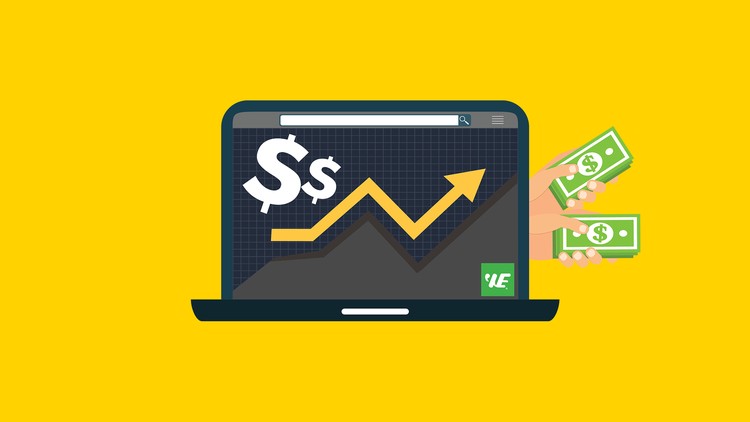As the world embraces renewable energy, solar power has emerged as a prominent solution to meet the increasing demand for clean electricity. Leveraging solar data analysis and solar radiation data is essential for optimising solar energy systems, improving energy efficiency, and ensuring the financial viability of solar projects. In this article, we explore how to effectively leverage solar data analysis and solar radiation data to harness the full potential of solar energy.
1. Site Selection and System Design
The first step in leveraging solar data analysis is site selection. By analysing solar radiation data for different locations, developers can identify areas with high solar potential, ensuring optimal energy generation. Solar data analysis aids in determining the most suitable panel orientation, tilt angles, and system size, leading to the design of efficient solar energy systems.
2. Accurate Energy Production Forecasting
Solar radiation data is crucial for accurate energy production forecasting. By analysing historical solar radiation patterns and weather data, solar data analysis enables stakeholders to predict the energy output of solar installations over specific timeframes. This forecasting capability helps grid operators, utilities, and project developers plan for peak demand periods and optimise energy dispatch, ensuring a stable power grid.
3. Performance Monitoring and Maintenance
Solar data analysis, coupled with real-time solar radiation data, facilitates performance monitoring and maintenance. By continuously monitoring solar radiation levels and system data, operators can identify any anomalies or deviations that might affect energy production. Proactive maintenance ensures efficient system operation and maximises energy output.
4. Energy Efficiency Optimization
Solar data analysis plays a critical role in optimising energy efficiency. By studying energy consumption patterns and solar radiation data, users can determine when energy demand is highest and adjust usage accordingly. This demand-side management approach helps reduce peak loads and minimise reliance on non-renewable energy sources during high-demand periods.
5. Financial Analysis and Risk Assessment
Leveraging solar data analysis is essential for financial analysis and risk assessment of solar projects. By incorporating solar radiation data into financial models, stakeholders can estimate revenue generation potential and calculate key financial metrics, such as the levelized cost of electricity (LCOE) and return on investment (ROI). This analysis enables investors to make informed decisions, identify profitable projects, and manage risks effectively.
6. Grid Integration and Stability
Solar radiation data is indispensable for grid integration and stability. Grid operators can use this data to predict solar energy generation and balance it with other power sources to maintain grid stability. Solar data analysis optimises energy dispatch, minimises grid fluctuations, and supports the seamless integration of solar energy into the power grid.







